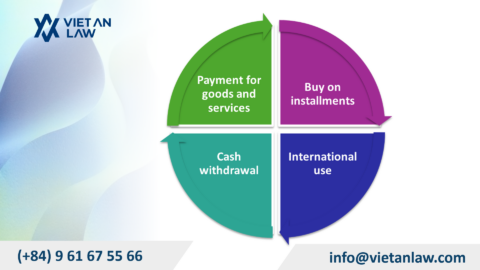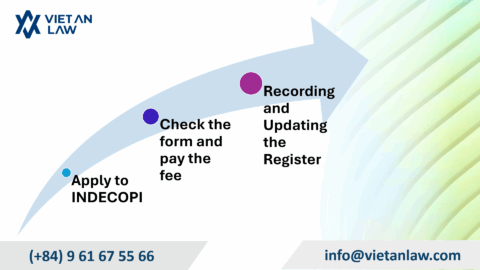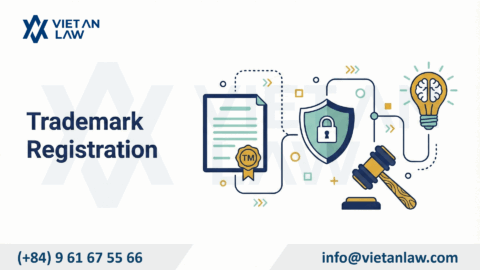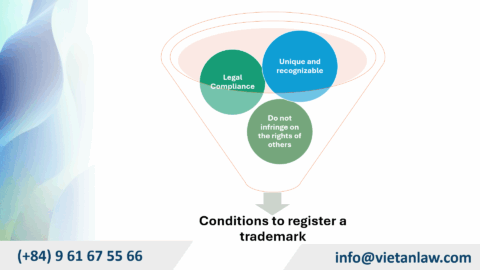Patents in the United States are a rapidly evolving field, with many important changes and updates affecting intellectual property rights. CredIPR, a respected industry organization, has released its top developments in US patent information, with the top three patent updates that developers and businesses need to know. These updates not only provide a better understanding of the patenting process but also open up new opportunities for protecting and commercializing innovative ideas. In the article below, Viet An Law will explore information on patent registration in US Patent Law: CredIPR’s Top 3 Updates for Intellectual Property Rights to help investors better understand the protection opportunities here.
Table of contents
The United States Patent and Trademark Office (USPTO) has announced a series of significant fee structure adjustments, effective January 19, 2025. These changes reflect the urgent need to address the agency’s growing operating costs and ensure its long-term financial sustainability. While some of the adjustments may seem modest, their overall impact could have a significant impact on organizations’ patent portfolio management strategies and filing processes.
On the basic fee side, the USPTO has implemented a 10% increase in the trio of important fees, including filing fees, search fees, and examination fees. This adjustment, while not drastic, requires organizations to reassess their budgets and filing strategies, especially those with high filing volumes.
More notable are the significant changes to the threshold claim fee structure. The USPTO has issued the following increases:
This adjustment may force inventors and patenting companies to consider more carefully the scope and structure of their claims, encouraging optimization of claim quantity and quality.
Another important change concerns the Request for Continued Examination (RCE) fee. This is a procedure in the US patent application process that allows the applicant to continue the examination process after the examiner has completed the initial examination process.
While the first RCE increased by only 10%, the second and subsequent RCEs saw a significant increase of 43%. This difference reflects the USPTO’s efforts to encourage applicants to resolve disputed issues early in the examination process, while limiting the use of multiple RCEs.
One notable reform is the introduction of a new fee structure for the Information Disclosure Statement (IDS), a mandatory document in the patent application process in the United States and many other countries. It is the mechanism by which applicants notify the USPTO of technical documents related to the invention.
The USPTO has established a tiered system based on the number of references filed, with thresholds at 50, 100, and 200 documents. Exceeding these thresholds triggers additional fees, which are calculated based on the total number of references accumulated. This not only encourages more selective and relevant reference filing but also contributes to efficiency in the patent examination process.
These changes require stakeholders to adjust their patent management strategies, with particular attention to optimizing the number of claims, carefully considering the use of RCEs, and effectively managing IDS reference filings.
The specific government fees for filing a patent application at the USPTO are shown below:
|
Item |
Current Fee (USD) | New Proposed Fee (USD) |
| Filing of basic patent applications (paper and electronic) | 64 – 320 | 70 – 350 |
| Submit design application | 44 – 220 | 60 – 300 |
| Apply for plant variety registration | 44 – 220 | 48 – 240 |
| Re-issue of the protection title | 64 – 320 | 70 – 350 |
Clients are encouraged to review their portfolios and consider filing any major design applications, continuation applications, RCEs, or IDSs before the changes take effect. Adjusting filing strategies and reducing over-applications may help reduce costs under the new structure.
When processing bypass applications, be sure to comply with the DOCX filing requirements effective January 1, 2023, and submit a certified copy of the foreign priority application. Proactive planning and compliance with these procedures can avoid delays in processing times.
Applicants should conduct thorough research when selecting a patent agent or law firm. It is important to verify that the agent is properly registered with the USPTO and has appropriate expertise in the specific technology area of the invention. Consider:
To optimize costs in the context of rising USPTO fees, applicants should:
Applicants should pay special attention to:
Develop a comprehensive patent protection strategy that includes:
To ensure an efficient application process:
Applicants should note:
Compliance with the notes for patent protection in the US Patent Law: CredIPR’s Top 3 Updates for Intellectual Property Rights will help applicants optimize the patent registration process, save costs, and increase the likelihood of success in obtaining a patent at the USPTO. For support with a smooth patent registration procedure in the United States, please contact Viet An Law for timely support.




